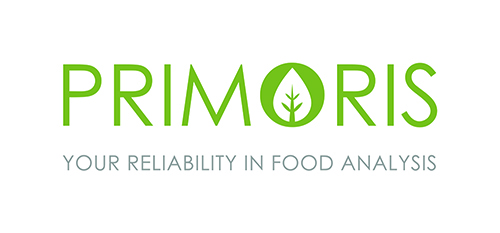|
 |
Newsletter #16 |
|
|
Method expansion: launch of Phosphine low methodFor quite a while now, Primoris is supporting its customers with the analysis of phosphine up to a reporting limit of 10 ppb. Based on some customer demands we have looked into the possibility of lowering our reporting limit to 1ppb. All of this resulted in an additional method PHOSL_01_A with the lower RL of 1ppb. About PhosphinePhosphine (IUPAC name: phosphane) is a compound with the chemical formula PH3. It is a fumigant used in the form of pellets of aluminum phosphide, calcium phosphide, or zinc phosphide. These pellets release phosphine upon contact with atmospheric water or rodents’ stomach acid. A more recent alternative is the use of phosphine gas itself. Use of the gas avoids the issues related with the solid residues left by metal phosphide and results in faster, more efficient control of the target pests. How does it work (mode of action)?Phosphine has an inhibitory effect on insect and rodent respiration. It is used as a fumigant insecticide and rodenticide in warehouses, silos, packing materials, transport containers, etc. LegislationThe current residue definition established in Regulation (EC) N°396/2005 for Phosphine is: phosphane and phosphide salts (sum of phosphane and phosphane generators (relevant phosphide salts), determined and expressed as phosphane. Currently MRL’s are set based on Reg. (EC) No 2016/1785.
|
|

|
|
